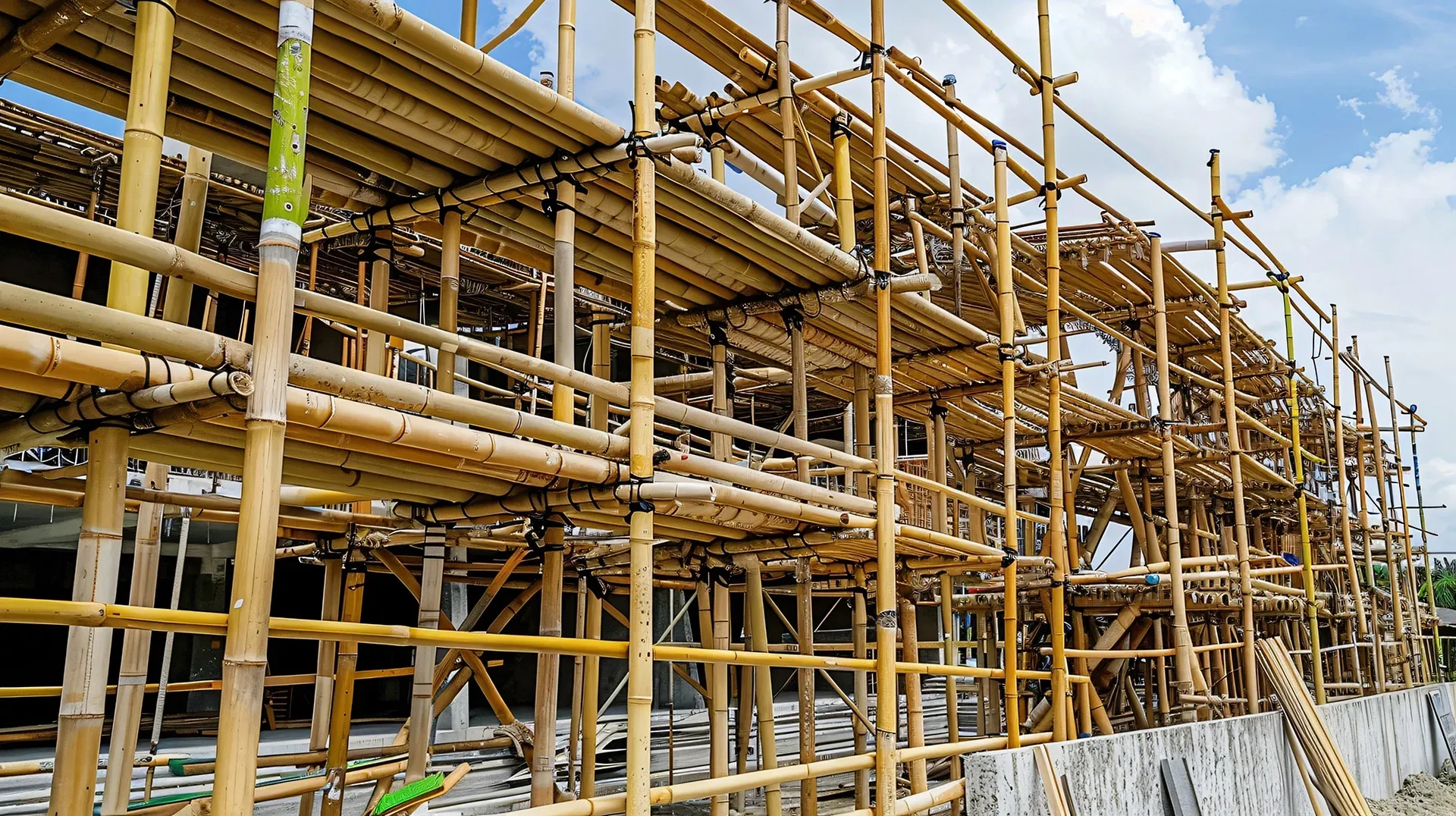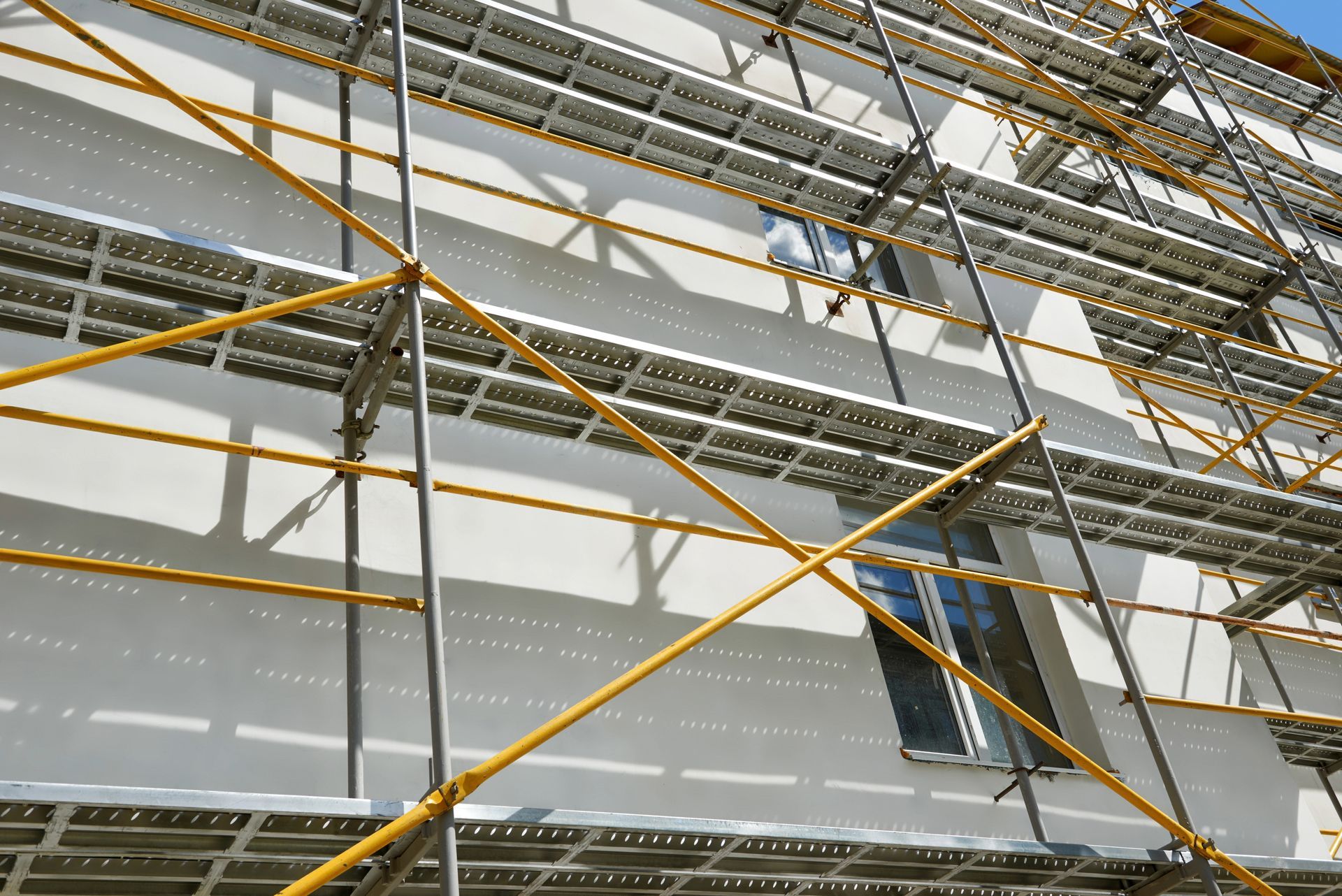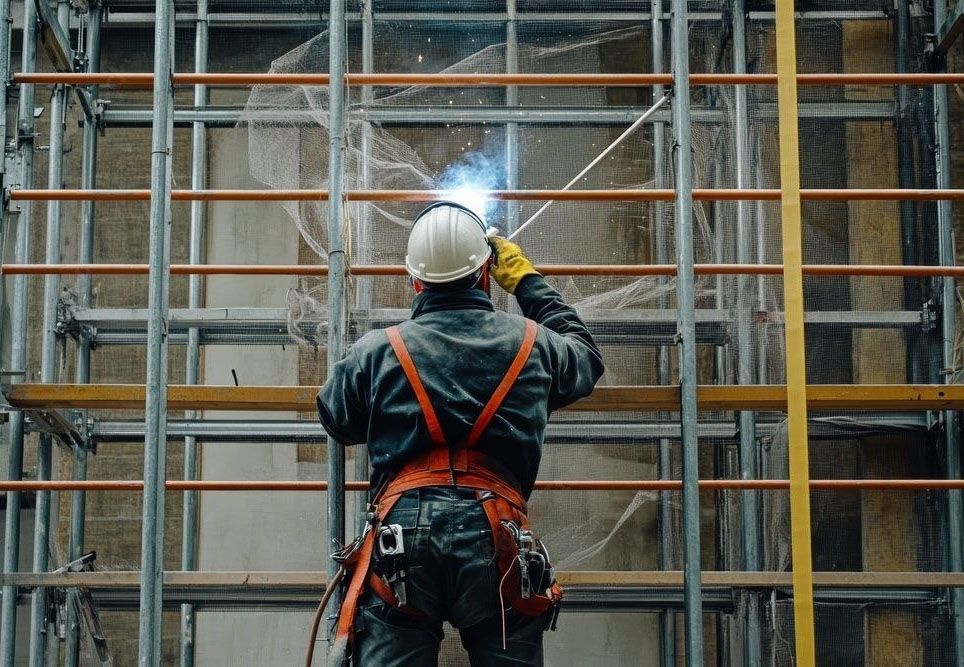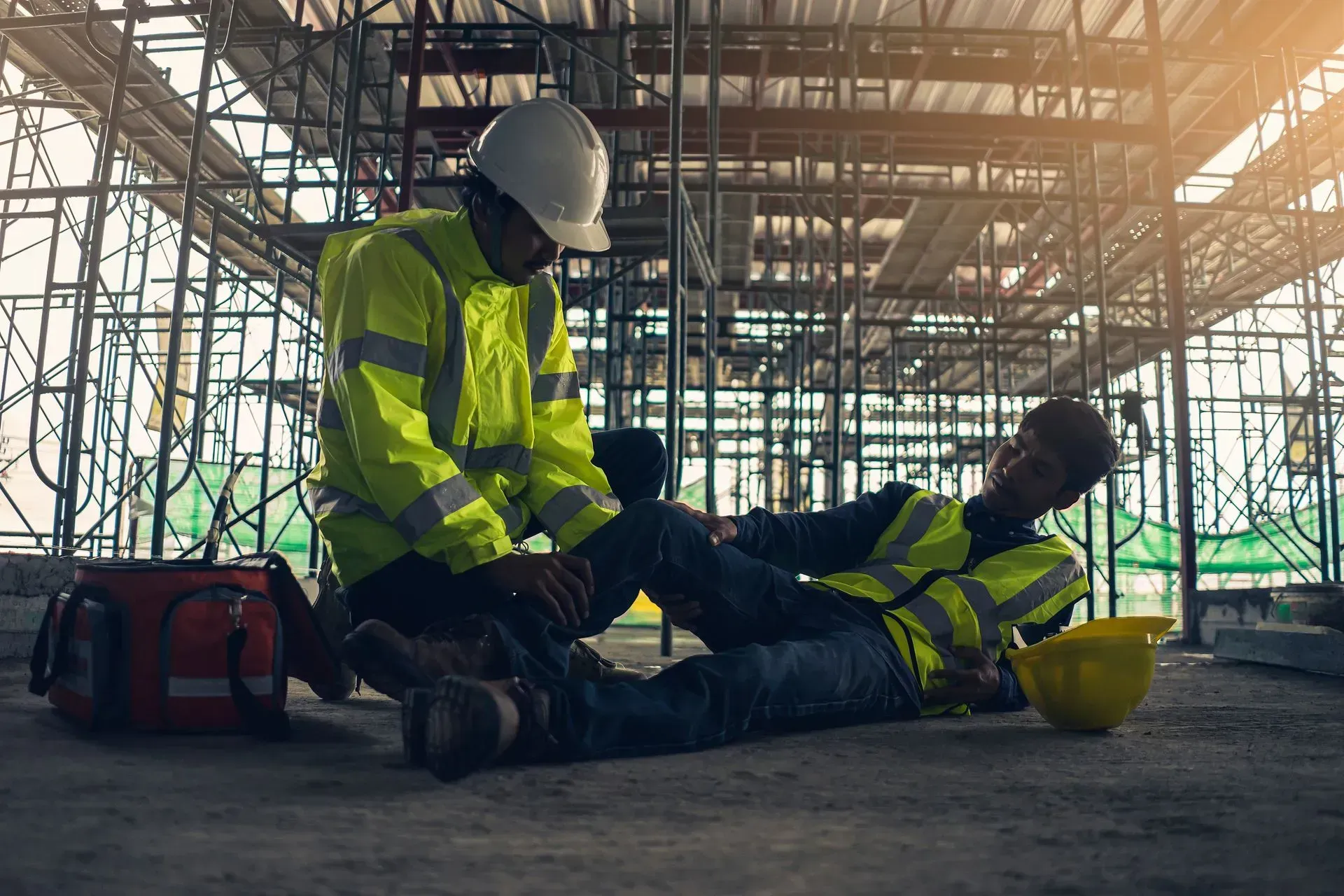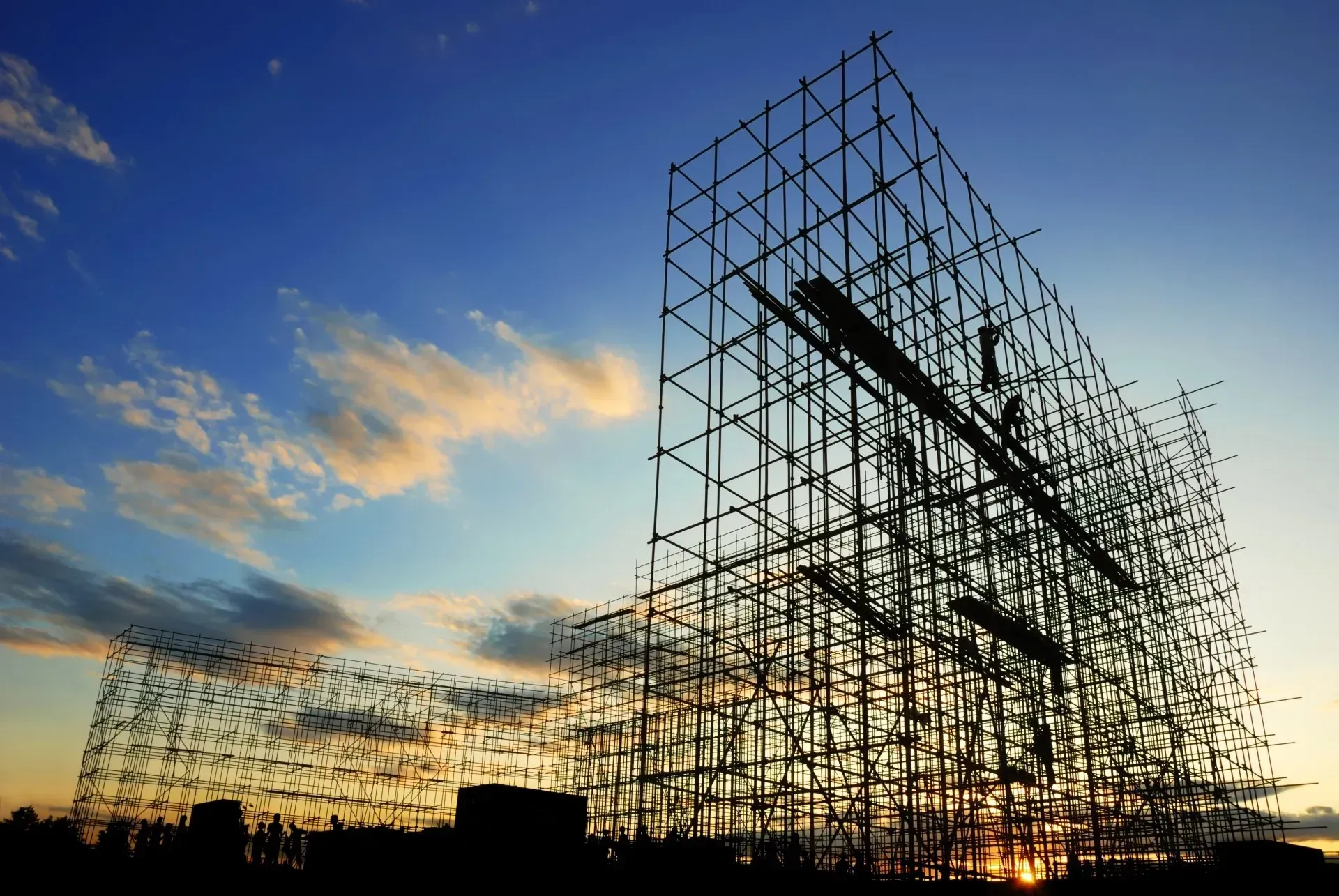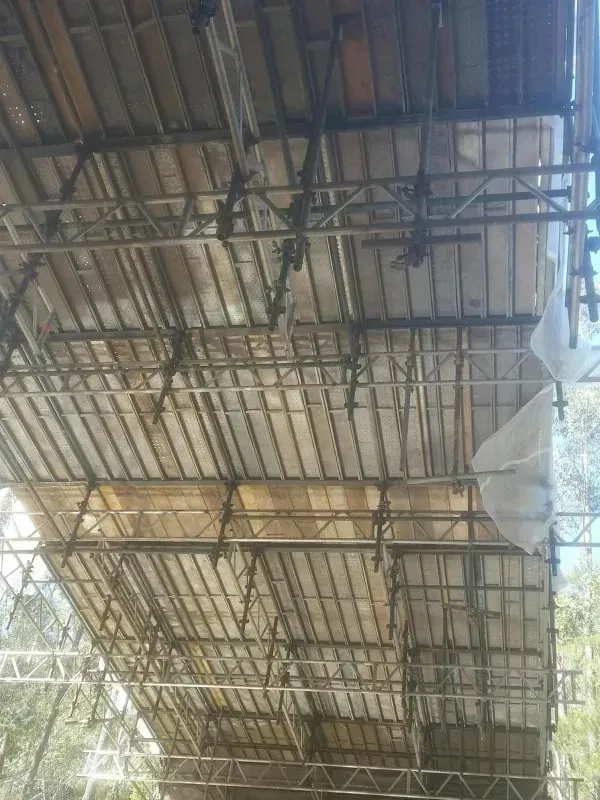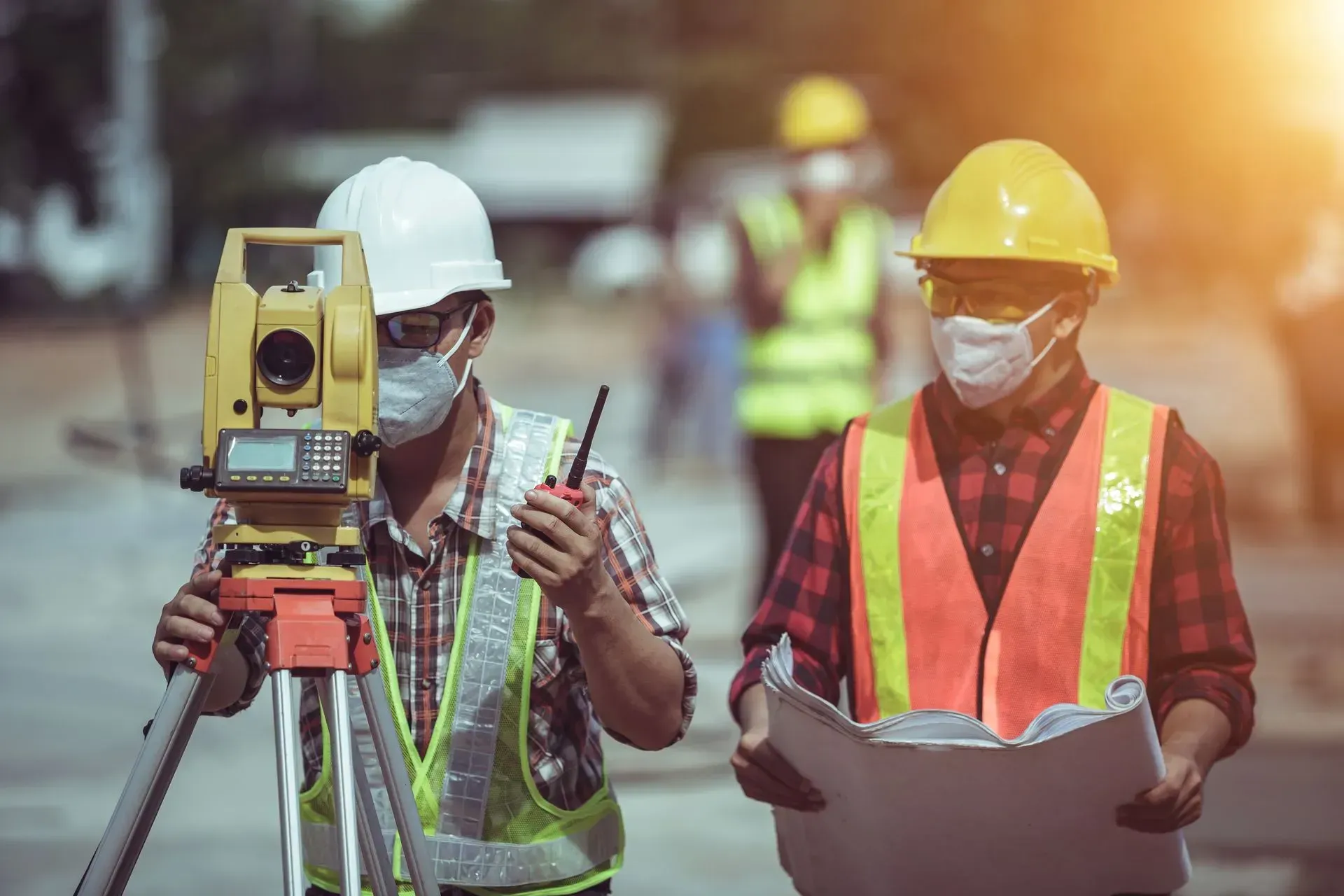How Weather Conditions Affect Scaffolding Projects
Anyone in the construction industry knows that the weather can impact the progress of a project. While scaffolding is designed to be as durable and stable as possible, different weather conditions can affect how safe it is for workers to use.
For companies that rely on scaffolding for construction or maintenance, understanding how weather conditions affect scaffolding can help prevent costly disruptions and enhance worker safety.
This blog will explore how to manage scaffolding in various weather conditions and the precautions to take during adverse weather. Plus, we’ll also be sharing some tips for maintaining safety and productivity throughout your project.
Managing Scaffolding in Different Weather Conditions
Scaffolding is exposed to the elements, making it vulnerable to a wide range of weather conditions. Since it's often erected in open or elevated areas, it faces direct impact from wind, rain, and extreme temperatures, all of which can affect its stability and safety. Each type of weather presents unique challenges, and it’s important to manage these effectively to ensure that your project goes smoothly.
Rain and Wet Conditions
Rain is one of the most common weather conditions affecting scaffolding projects. Wet surfaces can become slippery, increasing the risk of slips, trips, and falls.
Additionally, rainwater can accumulate on some scaffolding platforms, adding extra weight and potentially compromising the structure's stability.
To manage scaffolding during rainy conditions, make sure that all walking surfaces are non-slip, and that the scaffolding is erected properly.
It’s also advisable to use scaffold sheeting or tarpaulins to protect the work area from rain.
Windy Conditions
Wind can be particularly dangerous for scaffolding and the safety of workers, especially if it’s strong or gusty. High winds can cause scaffolding to sway or even collapse, putting workers at serious risk if it's not properly secured.
In windy conditions, reinforcing the scaffolding with additional ties and braces is essential to protect both the structure and those working on it.
Lightweight materials, such as scaffold boards, can become airborne and pose a hazard, so they should be secured or removed when not in use.
Furthermore, workers should be trained to recognise when wind speeds are too high for safe work on scaffolding, and operations should be halted until conditions improve.
Extreme Heat and Sun Exposure
Extreme heat can have an impact on both the scaffolding structure and the workers. Prolonged exposure to the sun can cause materials like metal to expand, which may lead to loosening of connections or warping.
So if the project is long-term, it’s important to monitor scaffolding components regularly during hot weather and make adjustments as needed.
For workers, heat stress is a serious concern. Make sure to provide shaded areas for breaks, and encourage frequent hydration to prevent heat-related illnesses.
Cold & Icy Conditions
Cold weather introduces the risk of ice forming on scaffolding, which in turn creates extremely slippery conditions. Ice can also add significant weight to the structure, which may affect its stability.
To manage scaffolding in cold and icy conditions, regularly inspect the scaffolding for ice buildup and remove it as necessary.
Grit or salt can be used on platforms to reduce slipperiness. Workers should also be equipped with appropriate clothing and footwear to protect them from the cold and provide better grip on icy surfaces.
It’s also wise to delay work until the ice has been cleared or until the temperature rises to safer levels.
Precautions to Take During Adverse Weather
When adverse weather conditions are forecast, taking appropriate precautions is a great way to prevent accidents and ensure the safety of everyone on-site.
1. Conduct Regular Weather Monitoring
Before starting any scaffolding project, and throughout its duration, regularly monitor weather forecasts. This allows you to anticipate potential weather-related issues and take proactive measures. Adjust work schedules as necessary, especially when severe weather is predicted.
2. Implement a Weather Response Plan
Having a
weather response plan in place can help you deal with sudden weather changes more effectively. This plan should outline specific actions to be taken in the event of various weather conditions, such as when to halt work, how to secure the scaffolding, and when to evacuate the site. Ensure all workers are familiar with this plan and know their roles in executing it.
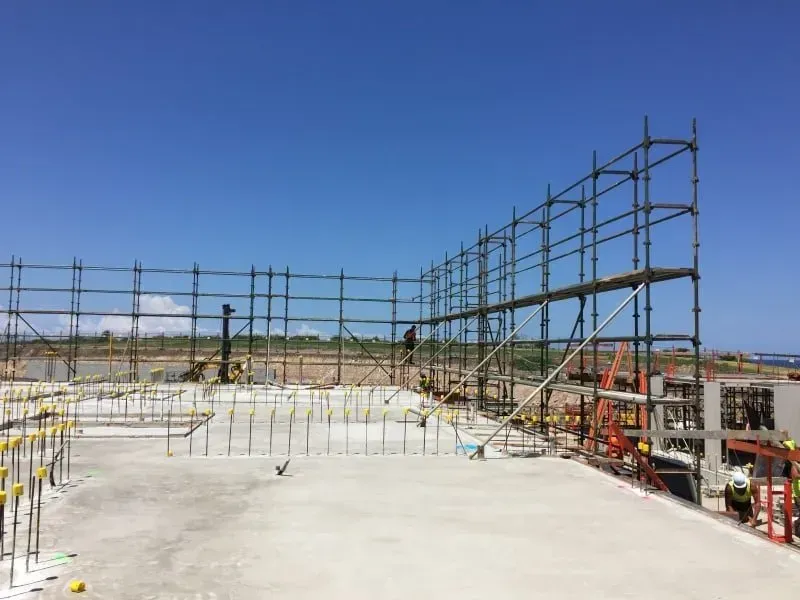
3. Ensure Proper Scaffold Anchoring & Bracing
In anticipation of adverse weather, make sure that scaffolding is properly anchored and braced. This is particularly important in areas prone to high winds or heavy snowfall. Reinforce connections, check the stability of the structure, and remove any unsecured materials that could become projectiles in strong winds.
4. Provide Weather-Appropriate PPE
Equip workers with personal protective equipment (PPE) suited to the weather conditions. This may include waterproof clothing, insulated gloves, and non-slip footwear in wet or icy conditions. In hot weather, provide sun protection, such as hats and sunscreen, as well as access to plenty of drinking water.
5. Postpone Work if Necessary
Safety should always be the top priority. If weather conditions are too severe, it’s better to postpone the work than to risk harming your workers. Delaying a project may be inconvenient, but it’s far preferable to compromising the safety of workers or damaging equipment.
Tips for Maintaining Safety & Productivity
Balancing safety with productivity during challenging weather conditions requires careful planning and management. Here are some tips to help you maintain both.
1. Adjust Work Hours
Consider adjusting work hours to avoid the most extreme weather conditions. For example, in hot weather, start work earlier in the day before temperatures peak. In cold conditions, begin later in the morning to allow ice to thaw. This helps you achieve two things: it protects workers and also helps maintain productivity.
2. Use Protective Coverings
Protective coverings, such as tarpaulins or
scaffold sheeting, can shield both workers and materials from rain, snow, or intense sunlight. These coverings can also help maintain a stable temperature within the work area, which makes it easier to continue work in weather conditions that are less than ideal.
3. Maintain Clear Communication
Establish communication channels and make sure they are open and effective. Workers should be able to quickly report any weather-related issues or concerns. Supervisors should also clearly communicate any changes in the work plan due to weather conditions.
4. Schedule Regular Safety Meetings
Conduct safety meetings on a regular basis to discuss the weather conditions and their potential impact on the project. Use these meetings as an opportunity to remind workers of the necessary precautions and to address any concerns they may have. Keeping safety top of mind helps prevent complacency.
5. Prioritise Critical Tasks
When weather conditions are less than ideal, prioritise the most critical tasks that need to be completed. Focus on tasks that can be safely performed in the current weather and delay others until conditions improve. This approach helps keep the project moving forward while making sure safety is not compromised.
Takeaway
Weather conditions can have a significant impact on construction projects, especially those that rely on scaffolding. But with the right precautions, these challenges can be managed effectively. You can ensure that your project proceeds smoothly by understanding how different weather conditions affect scaffolding, taking proactive steps during adverse weather, and implementing strategies to maintain safety and productivity.
At Crewscaff, we offer reliable scaffolding solutions based on your project needs. We use only high-quality scaffolds and have an experienced, fully qualified, and insured team who prioritises safety above all. Don’t leave your project to chance.
Contact us today to get started.

Based in Wollongong, Crewscaff provides scaffolding solutions for residential, commercial and industrial projects. We have knowledge of all aspects of scaffolding, from reading and interpreting plans, designing scaffolds, running crews, communicating with builders, and giving the customer exactly what they want with zero headaches.
CONTACT INFORMATION
Unit 3/30 Sunset Ave, Barrack Heights NSW 2528
Wollongong / Illawarra Area
Phone: 0452 177 483
Opening Hours: 7am - 5pm
ABN:
35 167 958 321
ACN:
167 958 321

